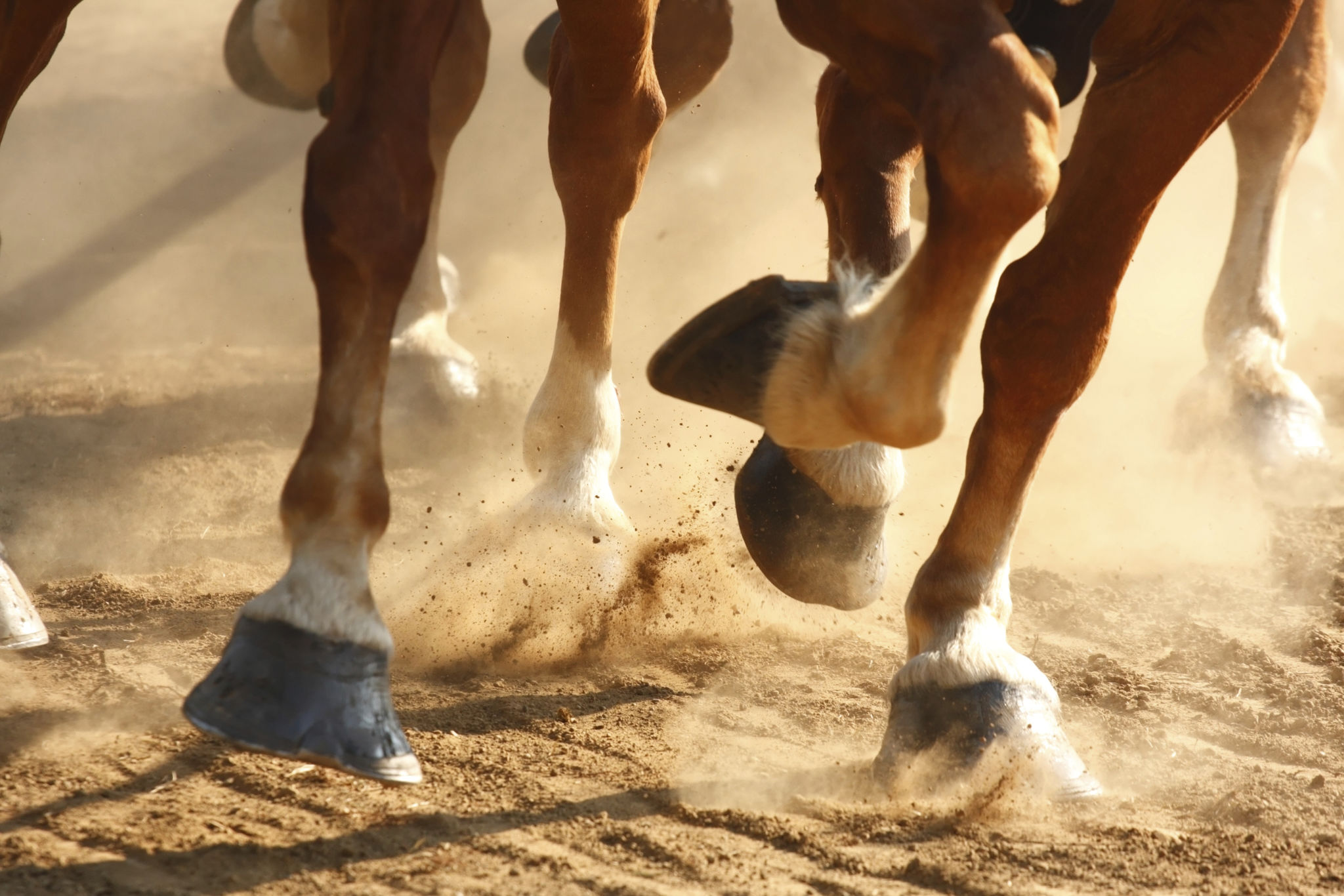Seasonal Hoof Care Tips: Preparing Your Horse for Weather Changes
Understanding Seasonal Changes and Their Impact on Hoof Health
As the seasons change, so do the conditions your horse experiences, both in terms of environment and care requirements. One significant aspect of equine care that demands attention is hoof health. The transition from one season to another can introduce a variety of challenges, making it crucial to adapt your hoof care routine accordingly.

Each season presents unique conditions that can affect hoof health. For instance, the wet and muddy conditions of spring can lead to moisture-related issues, while the dry, hard ground of summer may result in cracking and chipping. Understanding these seasonal impacts helps in preparing your horse for weather changes effectively.
Spring: Managing Moisture and Mud
Spring often brings increased rainfall, leading to muddy pastures. This moisture can result in a variety of hoof problems such as thrush and softening of the hooves. It's important to regularly clean your horse's hooves to remove mud and debris, allowing them to dry out properly.
You might also consider applying a hoof hardener to protect against excessive moisture. Providing your horse with a dry area where they can stand will further help in maintaining optimal hoof conditions.

Summer: Dealing with Dryness and Cracking
In summer, the combination of heat and dry ground can cause hooves to become brittle and prone to cracking. Regular application of a hoof conditioner can help maintain flexibility and prevent cracking. Moreover, ensuring your horse has access to fresh water at all times is crucial for overall hydration, which supports healthy hooves.
Additionally, consider scheduling regular farrier visits during this season to keep hooves properly trimmed and balanced, which helps prevent unnecessary stress on the feet.

Autumn: Preparing for the Wet Season
As autumn approaches, it's time to prepare for increased rainfall once again. Begin by ensuring that your horse's living environment is well-drained to avoid prolonged exposure to wet conditions. Regular hoof inspections will help you identify any early signs of issues such as thrush.
This is also an excellent time to review your horse's diet to ensure it's rich in nutrients that support hoof health, such as biotin, zinc, and methionine.

Winter: Managing Snow and Ice
Winter presents unique challenges, especially if you live in an area that experiences snow and ice. Snow can pack into hooves, causing discomfort and potential injury. Consider using snow pads or boots designed for winter conditions to provide traction and protection.
Additionally, keep pathways clear and free of ice to prevent slips and falls. Regular hoof cleaning remains essential during this season to remove any packed snow or ice from the hooves.
By adapting your hoof care routine to suit the changing seasons, you can ensure your horse remains comfortable and healthy year-round. Regular attention and proactive measures are key components in managing seasonal hoof care effectively.